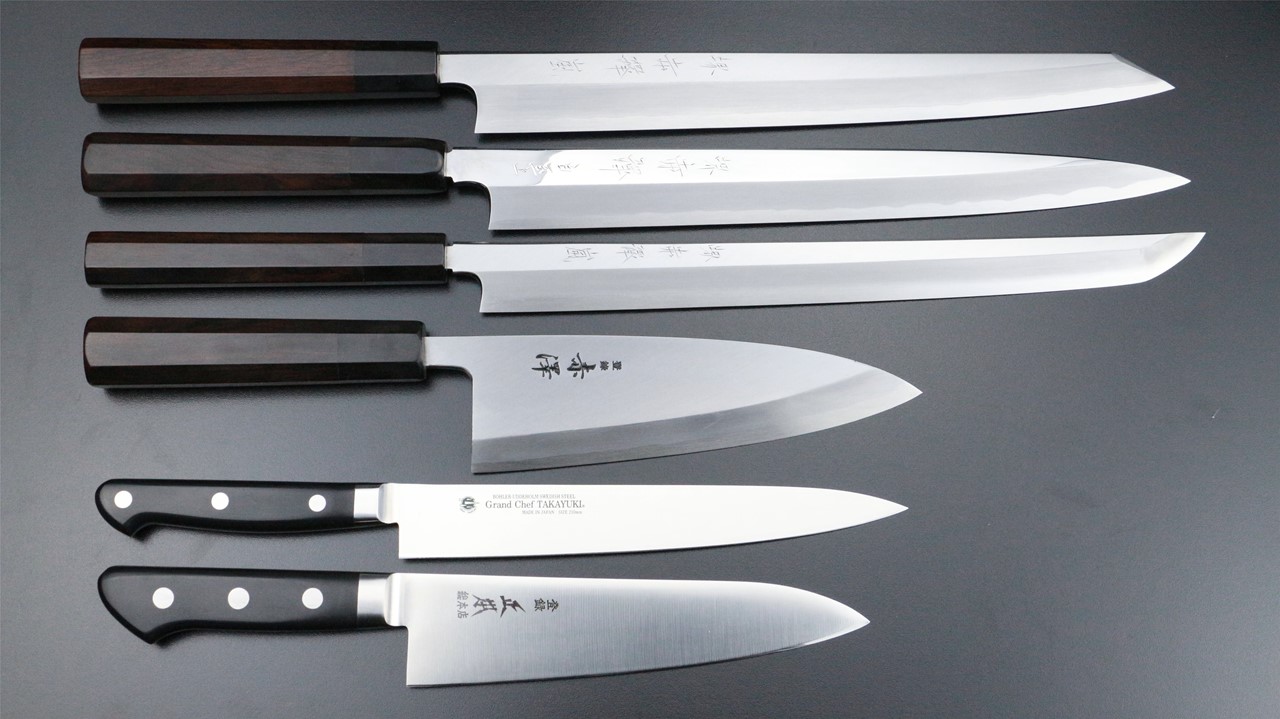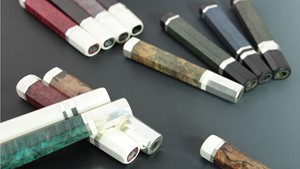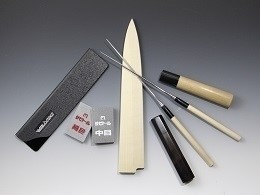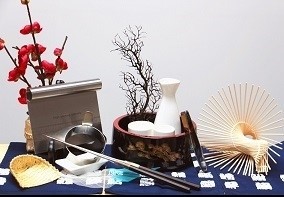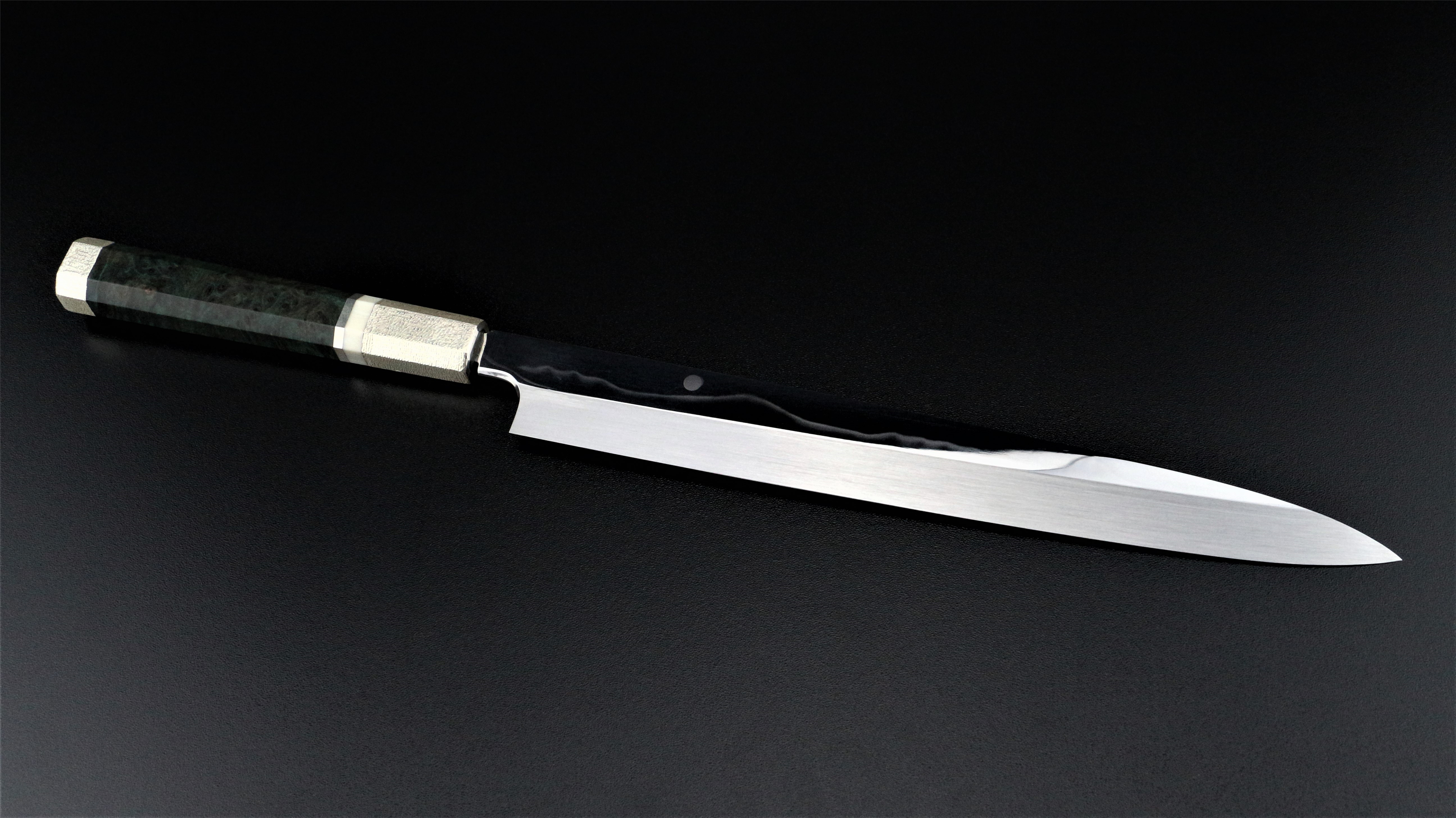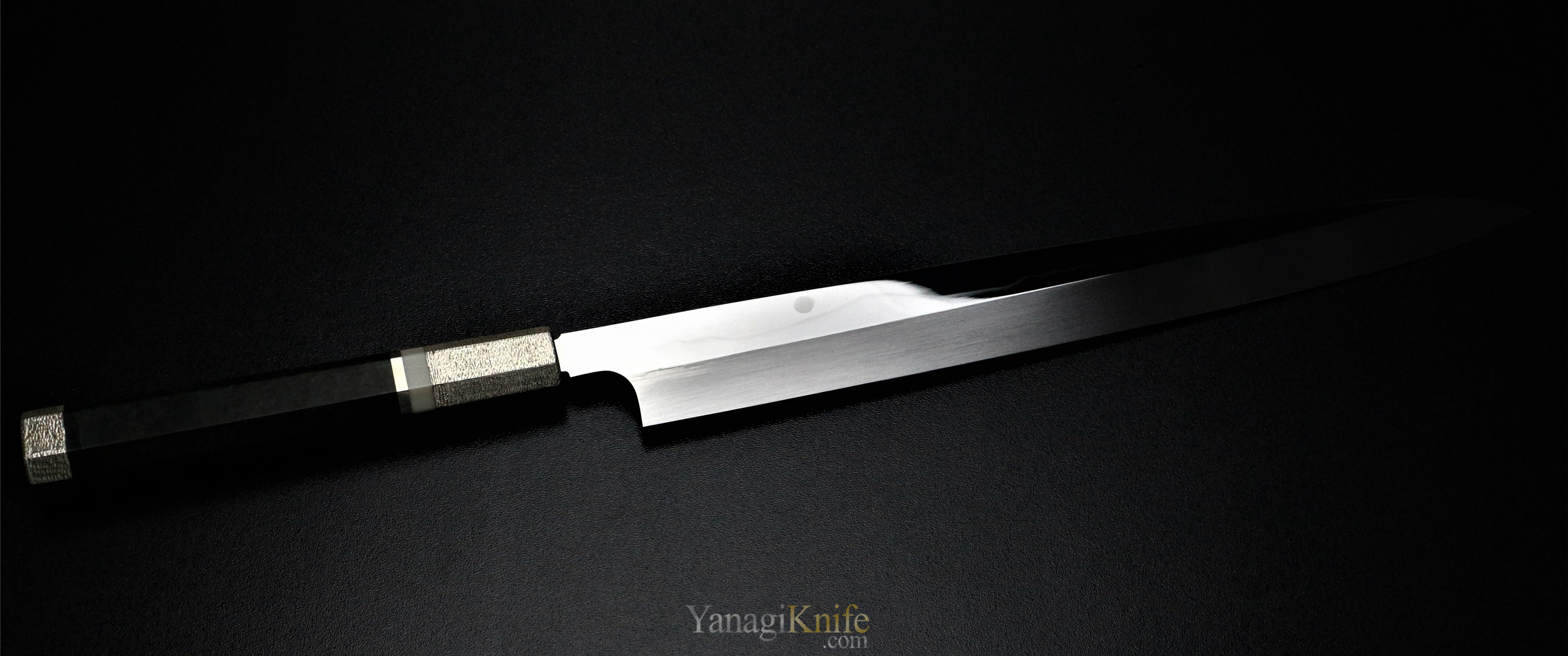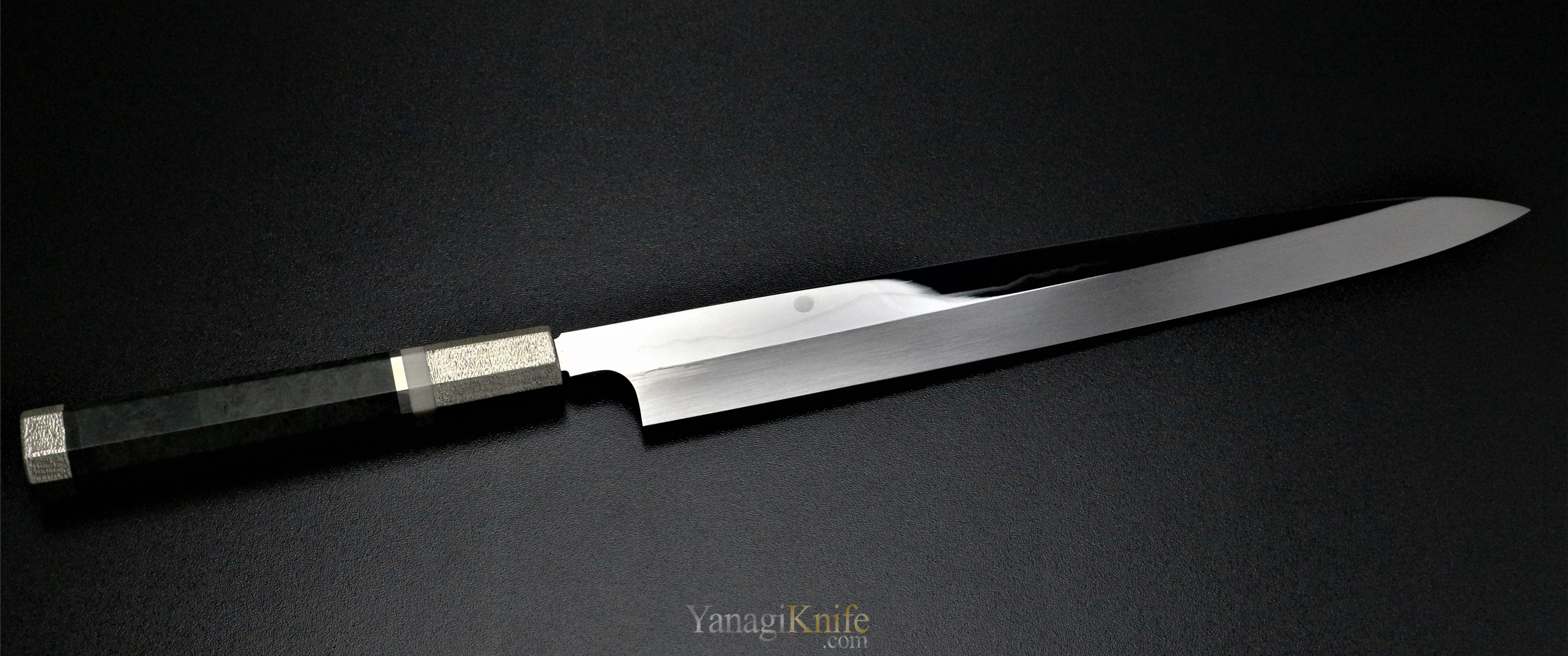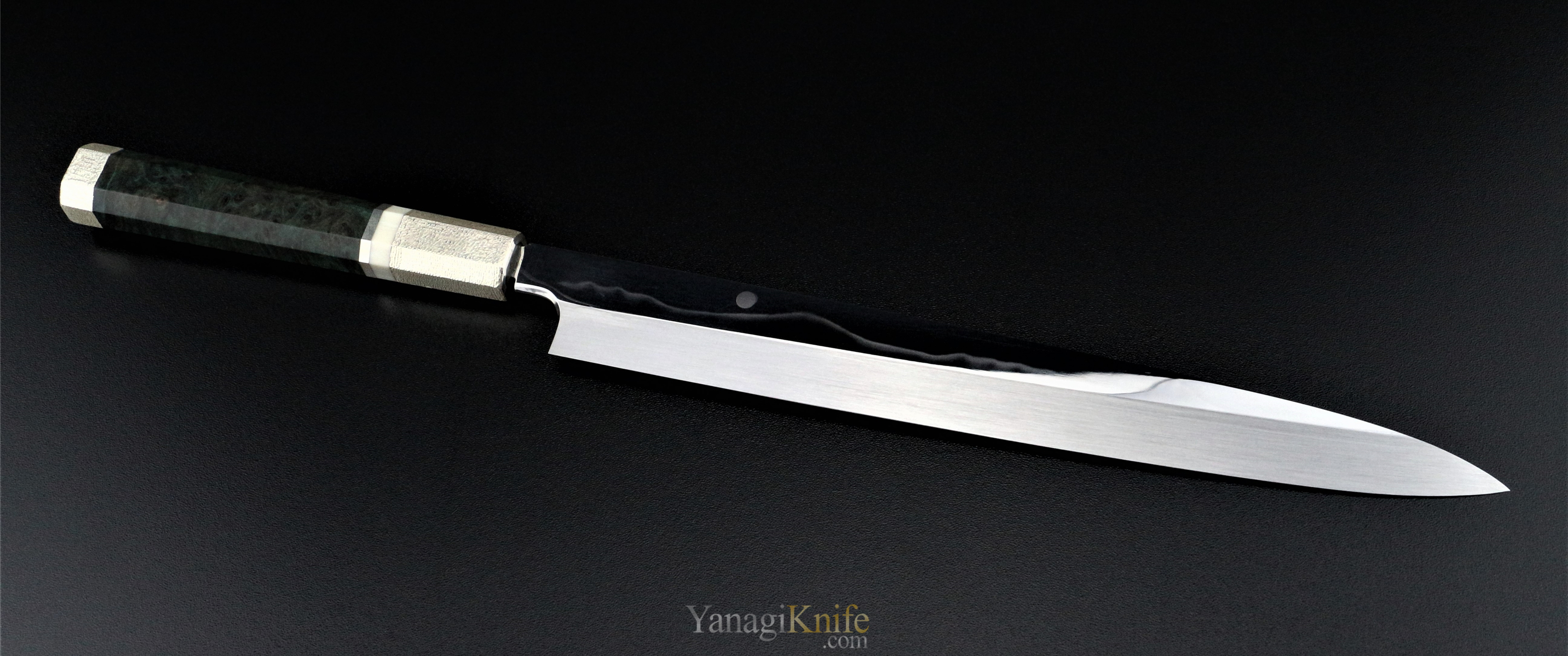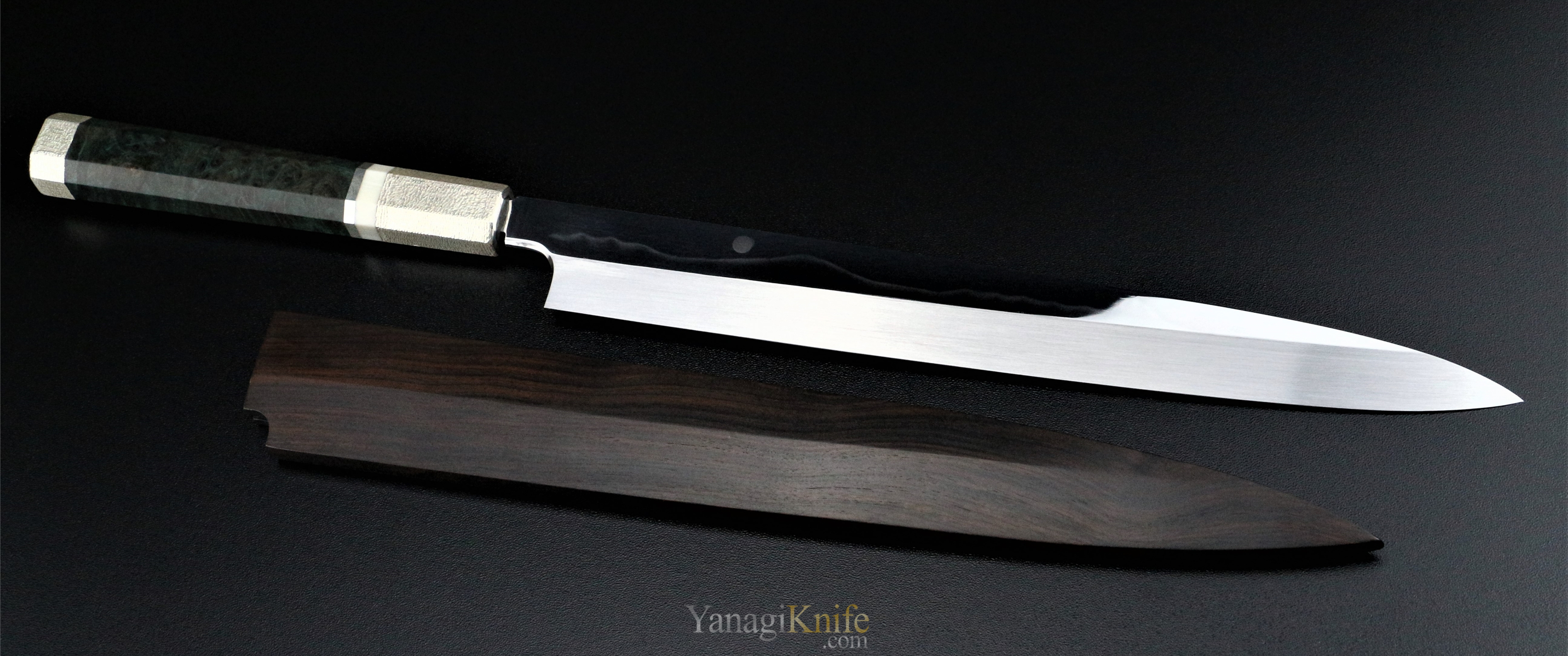Learning to make Sushi | Gordon Ramsay
0:00
[Music]
0:03
i absolutely love japanese food and it's
0:04
something i've always been dying to know
0:05
how to make properly so i'm a sushi
0:07
version until today i'm going back to
0:09
the floor to get the ultimate lesson in
0:10
the perfect sushi here we go in the deep
0:13
end
0:14
i've come to the award-winning aya
0:15
restaurant in the west end
0:17
the sushi chefs here have trained for up
0:19
to 10 years and are all experts
0:21
hand-picked from japan
0:24
teaching me today is
0:26
quinn
0:27
overseen by sushi master karasan
0:30
hi how are you
0:32
good to see you okay i'll be tackling
0:34
three sushi classics dragon roll scallop
0:37
nagiri and spicy tuna roll
0:40
but first it's back to basics rice so
0:43
how long would you wash rice for when
0:44
you first arrived in a japanese kitchen
0:46
for three years minimum three years
0:48
three years just washing rice
0:50
cauliflower he did rice for six years
0:52
was a naughty boy
0:54
the rice is washed three times leaving
0:56
it soft but sticky enough to mold
0:59
and this is the most important thing for
1:00
sushi because we say the sushi rice is
1:03
the part for sushi yes yeah
1:05
i've been fast tracked through years of
1:07
rice washing and now it's time to learn
1:09
how to make my first dish
1:11
a real work of art
1:12
the dragon roll avocado eel cucumber and
1:15
salmon row intricately wrapped in
1:17
seaweed paper called nori and rice but
1:20
there's one big catch
1:22
you have to do within two minutes they
1:24
have to do it within what within two
1:25
minutes in two minutes but it's
1:28
impossible to have two minutes
1:30
i've been told to copy karasana's every
1:33
move
1:34
it's an amazing way of fanning out an
1:35
avocado jesus christ huh everything's so
1:39
precise everything's so
1:40
it's almost like it's in military
1:42
fashion
1:43
next step for karasun the eel but i'm
1:46
still struggling with the basics
1:48
the rice sticks to your hands so quickly
1:50
yes
1:51
karistan's almost finished
1:53
he's so precise
1:57
this is for one portion one person yeah
1:59
i'm uh i'm just i'm feeling slightly
2:01
nervous because i
2:03
i feel for the first time in my cooking
2:04
career after 21 years in the kitchen i'm
2:06
at my depth jesus christ in under two
2:09
minutes karasand's done and i've only
2:12
just begun
2:20
it's incredible
2:21
the level of concentration oh
2:24
amount of work that goes into it
2:26
so underestimated
2:27
13 minutes later dragon roll eventually
2:31
done
2:35
oh my worries the timing 30 minutes in
2:37
two minutes

